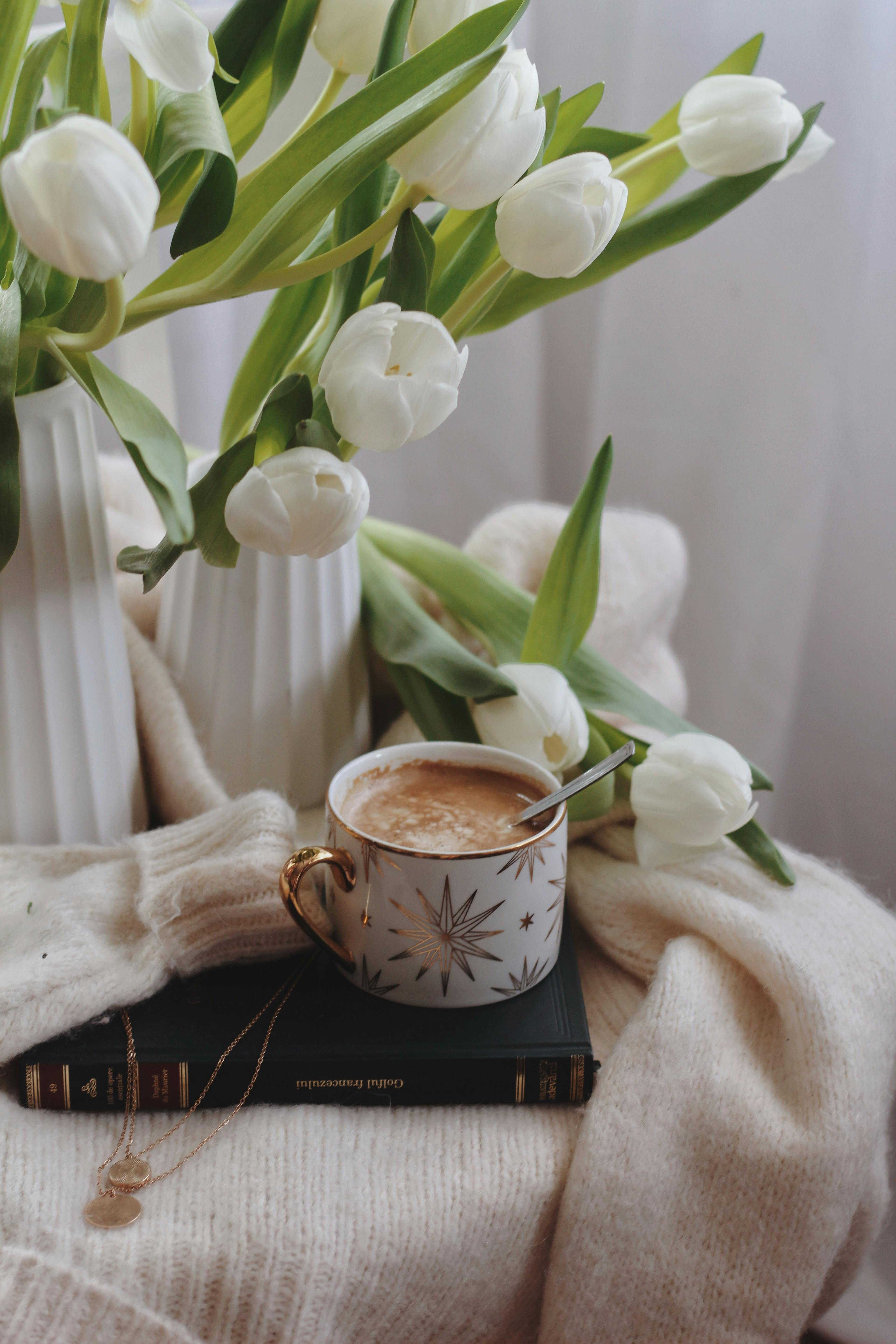What's So Special About Yame Tea?

Let's start with where it is. Yame is located on the southernmost island of Kyushu. Yame is found right in the middle of the island in the Fukuoka prefecture.
Most of Japan’s green tea is from the Shizouo or Kagoshima Prefecture. Yame only produces just under 3% of Japanese green tea. To put it another way, they produce a little less than 2 tons out of about 70 tons! It may not make the most, but this region’s tea is renowned for its quality and its lingering umami flavor.
We were elated to partner with our long-term supplier and the Yame Agriculture Department to introduce these incredible teas to our corner of the U.S.

Yame Tea Festival
We are hosting a Yame Tea festival in partnership with the Agriculture Department of Fukuoka to familiarize our customers with this exquisite tea! We will be offering a sampling and demonstrations on assigned weeks through March.
Join us for week 1, Sat., Feb 8 & Mon-Friday Feb 10-14.
Sampling:
Brief History
It has a rich history of tea spanning over 600 years. Legend has it that Myouan Eisai, credited as the Father of Tea for bringing tea to Japan, first planted tea seeds on Mount Sefuri in Fukuoka. But the Yame tea history begins in 1421 with monk Eirin Shuzui Zenji who brought back his own seeds from studying in China and planted them at the temple yard of Reiganji.
Nestled between the 2 largest rivers in Kyushu, the region is blessed with fertile soil and abundant moisture, making it ideal for tea cultivation. Especially in the mountains, which have limited sunlight and constant fog, conditions that help make a flavorful and complex tea. The great temperature difference between day and night temperatures also causes a build-up of amino acids that create more of that signature umami flavor.
By the Edo period, the area was already widely known as a tea-producing region. At that time tea was mostly a luxury item for the ruling classes. But, by the Meiji period, tea had become more accessible to the people, and new processing methods were developed to improve the quality of Yame, earning a reputation for quality that continues today.

Making Yame Tea
We touched on how the terrain is prime for great quality tea. The harvest is usually done from mid-April through late May. Like many of the Gyokuro producers, many tea makers opt to only harvest once to preserve the natural sweetness of the tea leaves. The second harvest is from mid-June to late July. This causes more savory and at times, bitter, flavors. Nearly all growers do not harvest past July.
The leaves are steamed, after being plucked, to prevent oxidization. While being dried, leaves are rolled several times to form needle-like shapes.
Many tea makers utilize a deep steaming method of the leaves that allows for many of the amino acids to remain intact. This leads to a rich, aromatic, umami, and mellow tea that has lower astringency delivering an incredibly flavorful experience.
Kabusechas, Gyokuros, and Matcha utilize a shade growing method that intensifies flavors and healthy compounds in the tea by incrementally blotting out the sun during the last few weeks of growing.

What Sets Yame Apart
Yame is a champion of traditional arts that have remained unchanged for hundreds of years like washi paper, knitted bamboo baskets, lanterns, and more. Many tea producers use traditional tea growing methods in combination with modern advances to make the best tea possible.
They have perfected the shading techniques. They created a weaving machine for rice straw covers versus mesh and plastic ones. These traditional methods allow for more control and effectiveness. They are among the producers who use them regularly. They utilize shading for different types of tea, but the most well-known is Gyokuro.
Even though they produce a relatively small amount of the total green tea, they account for over 50% of the nation’s Gyokuro. Gyokuro is considered the most exquisite of all Japanese teas.
Only the youngest leaves from the first harvest are used. About 16 days before the harvest, the tea bushes are covered with that prevents amino acids in the leaves from changing into the more bitter catechins.
Although first developed in Uji, Yame has dominated the Japanese National Tea Competition for Gyokuro for decades.
Home of the Master
Another argument for Yame tea's uniqueness and quality is who is producing it. Yame is the home of the Yamaguchi family. They are well respected throughout Japan, but the most revered is Mr. Shinya Yamaguchi. He is the youngest person to achieve a level 10 tea master, which is the highest level in Japan. Only about a dozen masters exist in the entire country, though hundreds apply each year. A veritable prodigy, he has a devotion and skill to making tea that is unparalleled, managing tea blends made from leaves from up to 80 farms in the region. We are ecstatic to be able to carry 3 of his blends during our Yame Tea Festival!




Commentaires